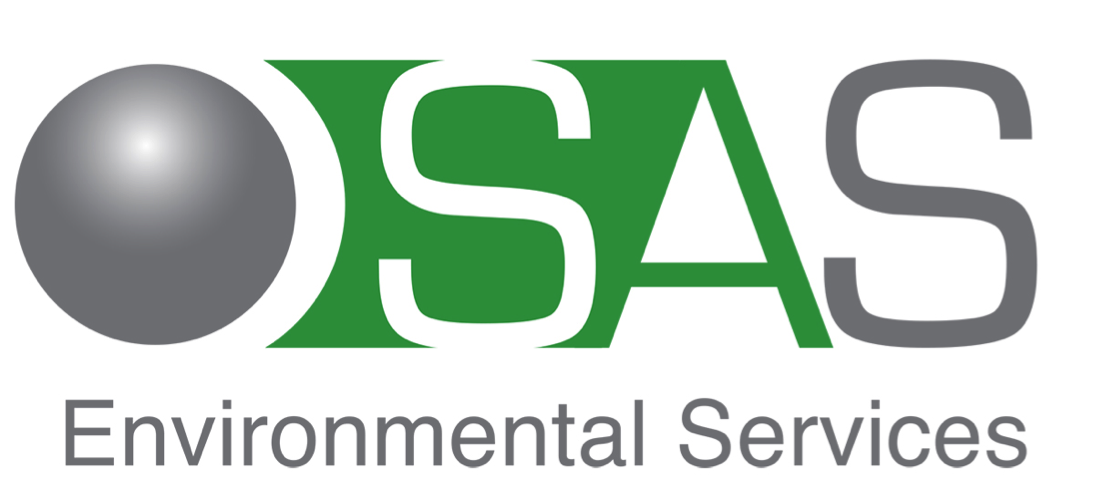Solid, Liquid, what’s in a name.
/We had worked on a number of projects where the nature of the waste was different from how it was described to us. Hazardous waste sample shipping is not always possible depending on the country of origin or the timeline involved. Sometimes we have go and visit the site and work locally. And at times what we find is a surprise.
The nature of oil waste is that the composition is rarely fixed. One pit will have solid waste, liquid waste and anything in between. Our job is to make the process and chemistry work on all of it.
Our MIST process is designed to separate liquid oil waste into solids, water and oil. At times we need to take waste that is high in solids (over 40%) and produce dry solids and remove any free liquids. The decanter will not safely process waste with such a high solids load. However, the SASES Waste Preparation Module is able to modify the waste using oil, water and/or the SAS SludgeTreat chemicals. This modification lowers the viscosity of the waste. By adding water or oil we reduce the overall solids content of the waste going into the decanter. The added oil and water is recovered at the end of the process.
This dual blend tank module enables the system to handle and treat virtually any type of oil waste and separate this into oil, water and solids.
Our project in Ecuador was a great example of our MIST system being augmented with this waste modification ability, providing the ability to the client to treat high solids waste and refinery oil sludge.
To find out more about hoe the SAS MIST performed in Ecuador, watch the video case study by clicking the button below.


